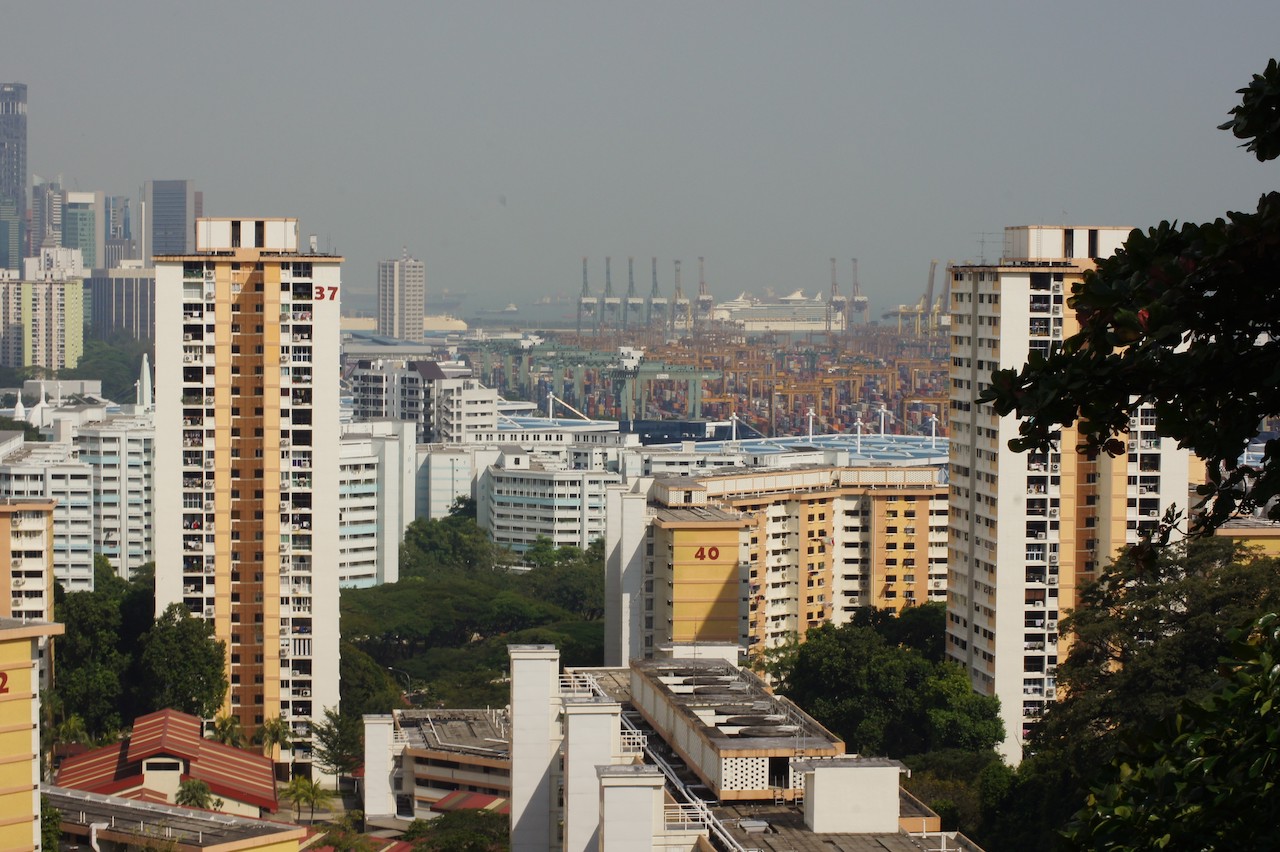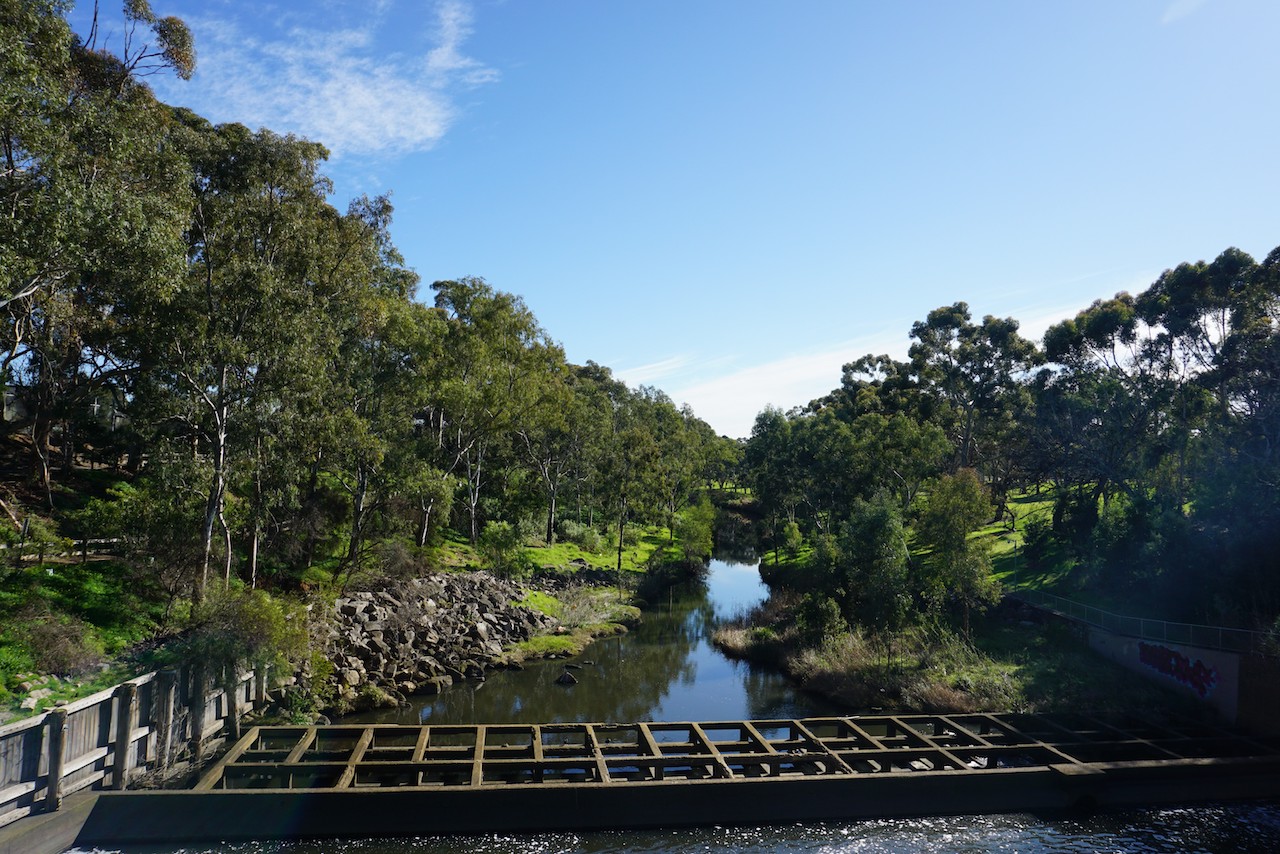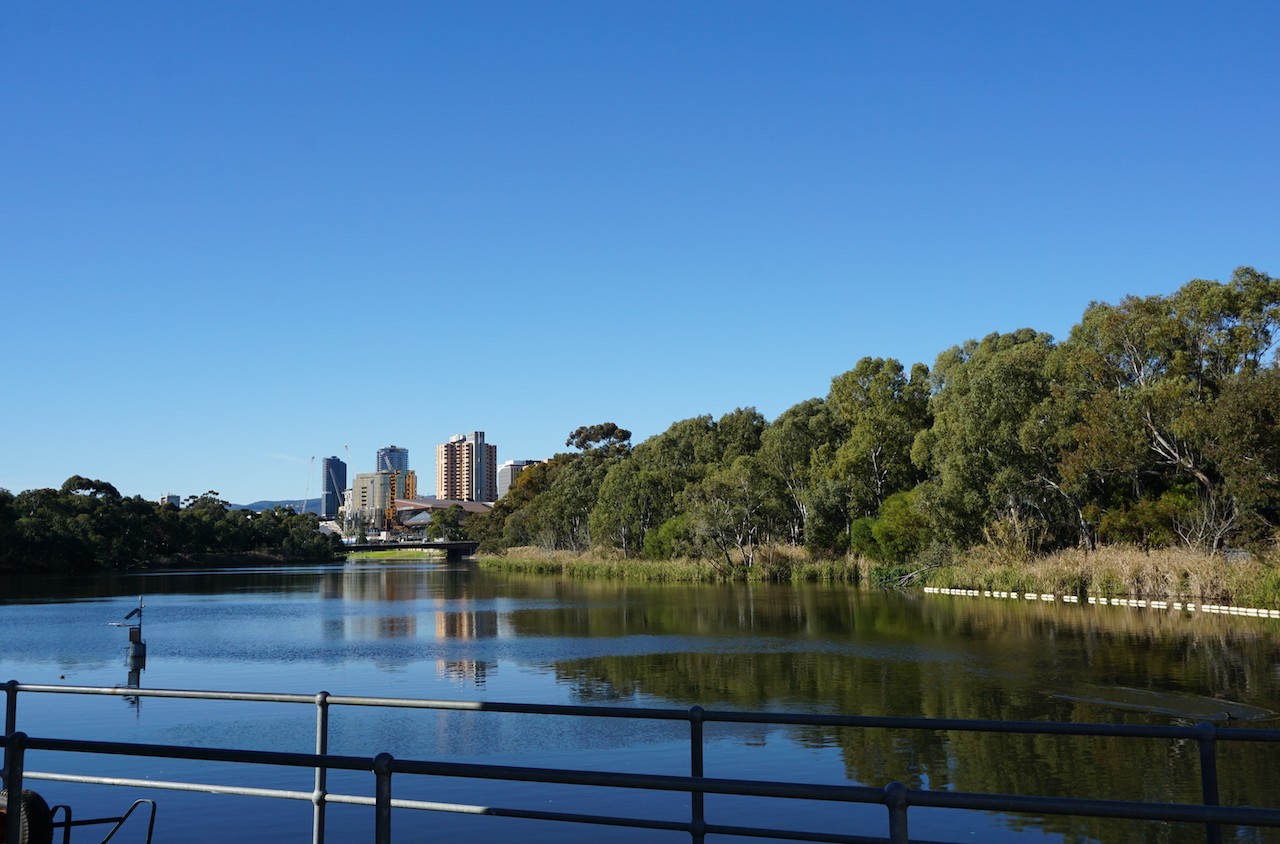Have you ever told a patient to spend more time in greenspaces to help reduce their pain? I haven’t, but this simple intervention may improve pain outcomes for our patients. It was not something I had given a lot of thought to, until a discussion with colleagues last year. We originally discussed whether a reduction in stress due to greenspace exposure, could have a flow-on effect: reduced pain. However, the more we thought about it, the more the potential links between greenspace and pain became clear. We recently wrote a paper about whether greenspace exposure may help reduce the burden of pain. The paper may be of interest to physiotherapists, improve patient pain outcomes, and encourages the restoration of the environment – particularly in highly populated urban areas. I’ll run through the key points.
Greenspace exposure has long been thought to be associated with good health and wellbeing – particularly for example mental health, with asylums historically being located in relaxing, green, natural environments. Greenspace exposure is associated with positive effects on human health, but there is still a lot more to understand including the mechanisms at play. Greenspace exposure brings with it exposure to:
- environmental microbiomes
- phytoncides
- negative air ions
- sunlight, and
- the pleasant sights and sounds of nature

Jessica Stanhope (PhD)
Associate Lecturer University of Adelaide
Dr Jessica Stanhope is a researcher and educator with a background in physiotherapy and epidemiology. She has extensive experience in cross-disciplinary research and a particular research interest in how healthy ecosystems help improve human health outcomes.
If you haven’t heard of phytoncides and negative ions, then neither had I until recently. We’ll explore these terms and how they might relate to pain in the sections below. Being in greenspace also encourages physical activity and social interaction. Each of these aspects of greenspace exposure may explain aspects of the health benefits of greenspace exposure, and provide an indication that greenspace exposure may reduce the high burden of pain.

How might the environmental microbiome improve pain outcomes?
We’ve probably all read about the gut microbiome and health. For many years, prebiotics, probiotics, various diets, and even faecal transplants have been explored as ways of improve the gut microbiome. But, it might also be possible to change the gut microbiome with exposure to different environments, because different environments contain different environmental microbiomes (including those in the natural environment, your clinic, home, or other places). A recent mouse study found that exposure to more diverse aerobiome (the microbiome in the air) led to the mice having more biodiverse gut microbiomes. To establish this, the researchers physically isolated the mice from soil, except for airborne exposure to different soil types (low biodiverse soil, high biodiverse soil, and control [no soil]). In that study, female mice exposed to the more biodiverse aerobiome showed fewer signs of anxiety than the controls. While this hasn’t been shown in humans, the study provides evidence that a more biodiverse environmental microbiome can influence the gut microbiome and thereby reduce signs of anxiety.
But how does this link to pain? Higher levels of anxiety are associated with poorer pain outcomes. It might be that through reducing anxiety, exposure to microbially diverse greenspace may improve pain outcomes. But, there appears to also be more to the story.
The human gut microbiome modulates visceral pain, but there is also emerging evidence suggesting an association with other types of pain (e.g. neuropathic, and inflammatory pain). The relationship between the gut microbiome and pain outcomes may be due to molecules from the gut microbiota, which include neurotransmitters, neuromodulators and metabolites, that may change pain perception, the underlying pathology, or other factors associated with pain (e.g. anxiety, depression, fear). It might be that greenspace exposure can positively influence the human microbiome, and therefore improve pain outcomes through these mechanisms. Considering the physiotherapy profession’s response more specifically, we can equally identify different adaptation and mitigation measures. Switching to online education and online clinical practice are adaptation measures, but insofar as they support spatial distancing, also aid in mitigation in the above sense.
How might the phytoncides improve pain outcomes?
The first question is perhaps, what are phytoncides? Phytoncides are antimicrobial volatile organic compounds, and are released by plants as a defence mechanism. So how might they reduce pain? Phytoncides have antimicrobial properties that may alter the microbiome, and therefore reduce pain. But, they also influence natural killer cell function, which can also reduce pain in some circumstances. This is a relatively new idea, but there is some evidence from animal studies to support it. If phytoncides do improve pain outcomes, then some types of greenspace exposure may also improve pain outcomes – and it would be an interesting research area to find out what the best type of greenspace might be to achieve this.
How might negative air ions improve pain outcomes?
Negative air ions are generated by plants, sunlight, and sheer forces of water, as well as coronal discharge, and radiant or cosmic rays. Exposure to greenspace therefore likely means exposure to negative air ions. There is some evidence to suggest that negative air ions may reduce pain, which may occur through a range of processes, including activation of natural killer cells, decreased cyclic nucleotides, and improved mental health. There needs to be more research into the role of negative air ions, but if they do reduce pain, then so too might exposure to greenspace that produces them.

How might the sights and sounds of nature improve pain outcomes?
Now to be clear, here we mean pleasant sights and sounds of nature, not, for instance the sound or sight of a lion taking down a zebra. Nature sounds, and pictures of nature have long been associated with relaxation, but also pain – which is why, for example, there is often an aquarium in the waiting room of the dental surgery. Pleasant sights and sounds of nature may also be associated with reductions in pain due to improvements in sleep and reduction in stress.
How might the non-specific greenspace factors improve pain outcomes?
Greenspace exposure brings with it sunlight exposure, and the facilitation of physical activity and social integration and cohesion. I’m calling these factors non-specific as the benefits of sunlight exposure, for instance, in a greenspace is the same as in a non-greenspace. As physiotherapists, we appreciate how physical activity and social integration and cohesion may improve health, including pain, but sunlight exposure may be a more complicated story. One aspect of sunlight exposure is vitamin D production. Although vitamin D levels are associated with a range of painful conditions including lower back pain, muscle pain, arthritis and chronic widespread pain, the evidence is less convincing for intervention studies of the effect of vitamin D supplementation. It might be that vitamin D levels are a proxy-measure for sunlight exposure, and that vitamin D levels don’t in themselves influences pain. There are also several other pathways that may be at play, including changes in melatonin, beta-endorphins, and the gut microbiome, all of which may affect pain.

There’s a lot more we need to know before we can confidently ‘prescribe’ exposure to greenspaces as part of a pain management regime. There is currently little evidence associating greenspace exposure with altered pain outcomes. The few studies that have been undertaken have several limitations, and have only considered the amount of greenspace in close proximity to an individual’s home. Future studies should consider the quality of the greenspace (e.g. biodiversity), and the duration of exposure required. We also need a better understanding of the mechanisms at play, so that greenspace interventions can be optimised. Optimisation may include identifying areas where specific vegetation is associated with an environmental microbiome that is pain relieving, and establishing the dosage of that greenspace required to achieve a health benefit. For example, it might be that less time needs to be spent in a more biodiverse greenspace to have the same benefits as more time spent in a less biodiverse greenspace. We have a lot to try to understand to progress this idea. That said, for most people, greenspace exposure is a low risk activity that is likely to lead to a range of health benefits, potentially including pain relief, so why not encourage your patients out into nature? And perhaps more importantly, advocate for accessible, biodiverse greenspaces, particularly in highly populated urban areas.
Reference:
Stanhope J, Breed MF, Weinstein P 2020 Exposure to greenspaces could reduce the high global burden of pain. Environmental Research 187: 109641. doi:10.1016/j.envres.2020.109641.



This is brilliant stuff, so good to see this message being spread in Allied health disciplines, rather than just at faecal transplant units in gastroenterology clinics! – lol
Thank you Jessica for this awesome article! I am looking forward to read the research paper that you mentioned (and wrote) and also learn more about phytoncides and negative air ions that are completely new concepts for me! So exciting!
Polina